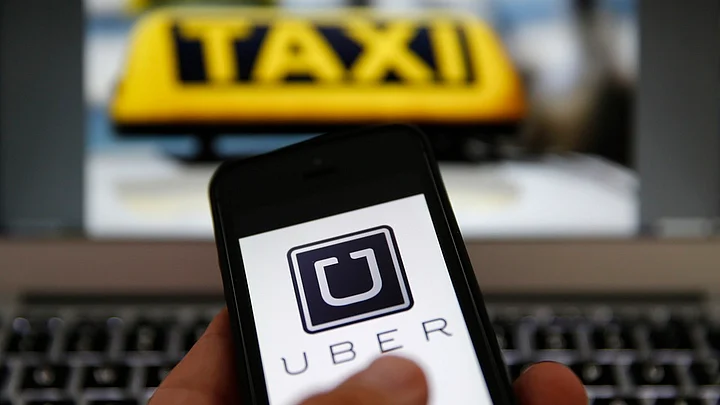All was well with the cab aggregation industry in India till the news of a female passenger's alleged rape by a Uber driver in Delhi hit the headlines. The convenience of cab on your app was questioned on the grounds of unfair competitive practices, laws and regulations, surge pricing and overcharge, and the complaints of killing the 'traditional' market.
The cocktail of crisis has only aggravated for the cab aggregation industry since then.
On Monday, the Karnataka government will take a decision on whether ride-sharing services offered by cab companies are legal.
While there seems to be no end to the mess in the cab aggregation industry in India, here are the five things that may help you understand why, what and how of your commute.
1) It Exists, So Let’s Regulate
In 2014, the Delhi government's knee-jerk reaction to the rape of a woman passenger initiated a ban on ‘radio-taxis’. It aimed to solve the problem of unregulated cabs by forcing the aggregators to verify the details of their drivers and comply to the safety rules.
The ban was rarely effective and Uber cabs were back on the roads under a different license the very same year. In July 2015, the Delhi High Court revoked the ban. The security and safety systems of the cab aggregators are yet to be revamped with emergency buttons not functional in most cabs till date.
2) Despite Ban, Surge Pricing Continues
In April 2016, the Delhi government banned surge pricing i.e. raising cab fares during high demand. Ola and Uber withdrew surge pricing after the government threatened to cancel licences and impound their cabs.
While the customers hailed the decision, market experts and automobile specialists termed it as a 'dangerous move'.
When prices go down, so does the supply. The trade-off is that we might get a cheaper ride, but we will need to wait much longer to find a cab. There is a way of ensuring the prices are right without hampering the supply.Siddarth Gore, Research Scholar and Urban Transport Expert.
In October 2016, Uber resumed surge pricing in Bengaluru. In December the same year, the Union Transport Ministry backed the idea of surge pricing on premium cabs. The cab services like Uber and Ola now reflect an overall fare on the basis of travel time and availability of cabs on roads. The upfront surge pricing and disclosure is now camouflaged.
3)‘Uniform Rules’ Without Uniformity
In December 2016, a committee of state transport ministers and senior government officials recommended a set of ‘uniform’ rules for cab aggregators in India. The committee, however, maintained that the aggregators will also have to follow any special regulation set by the state.
While the state governments getting proactive in framing policies for consumer benefit is a welcome trend, what it means on the ground is ambiguity, chaos and confusion for customers and cab companies.
The job of the regulator is to ensure that there is healthy competition in the market, which lies in the long-term interest of the consumer. Whatever has to be used, let it be common for all.Siddhartha Pahwa, CEO, Meru Cabs and Secretary, Association of Radio Taxi India in an interview.
4) Falling Incomes & Decreasing Incentives
For thousands of cab drivers across India, life changed substantially when they registered themselves with Uber or Ola. They got better working conditions, benefits of an organised market and incentives per ride, which led to an increase in their incomes from Rs 15,000-20,000 to Rs 50,000-60,000 per month.
Less than two years later, Uber and Ola drivers say their incomes have come down by a third, even halved. A change in the incentive plan and hard-nosed competition among cabs have resulted in a rougher ride for Ola and Uber drivers.
Companies have increased the desired number of daily rides, thereby decreasing the incentive per trip.A study by RedSeer, a Bengaluru-based research and consulting firm.
5) Is Ride-Sharing ‘Illegal’?
In the latest move, Karnataka has decided to ban the extremely popular ride-sharing services like UberPool and OlaShare, despite Central and many state governments favouring the concept because of the reduction in travel costs as well as road congestion. The Karnataka government, however, feels that a taxi can only operate from one point to another. Catering to multiple commuters in a single ride and halting at multiple places is similar to carrying out operations parallel to Bangalore Metropolitan Transport Corporation (BMTC) and is illegal.
In 2016, BMTC had opposed route and ride-sharing shuttle bus service ZipGo. A final decision on the ban will be taken on 30 January 2017.
